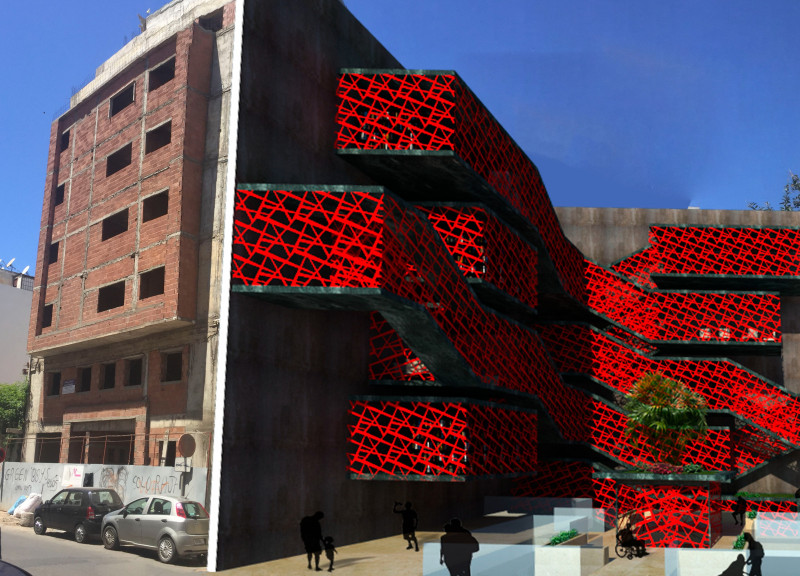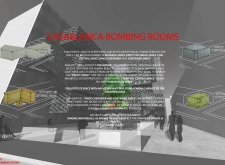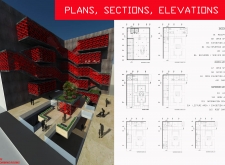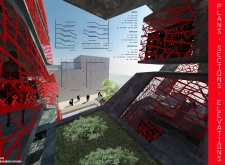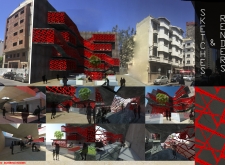5 key facts about this project
The design concept revolves around creating a harmonious interaction between indoor and outdoor spaces, facilitating a dialogue between the structure and its context. This approach emphasizes transparency and connection, achieved through expansive openings that invite natural light and provide unobstructed views of the landscape. The layout balances private and public areas, ensuring that each space within the building serves a purpose while promoting a sense of community.
Key elements of the project include its carefully designed circulation paths, which guide users through the various spaces without disrupting their experience. The thoughtful organization of rooms supports not only movement but also the functionality of each area, making the building incredibly user-friendly. In addition, the incorporation of various gathering spaces fosters community interactions, further enhancing the project's role as a social hub.
Materiality plays a crucial role in the project's overall expression. The architects have selected a range of materials that not only fulfill structural requirements but also contribute to the aesthetic quality of the design. For instance, the use of reinforced concrete provides both durability and thermal mass, which helps regulate indoor temperatures. The choice of low-emissivity glass maximizes natural light while minimizing energy consumption, demonstrating a commitment to sustainability. Additionally, the careful detailing of finishes, such as reclaimed wood and local stone, underscores a connection to the region's architectural heritage.
Unique design approaches in this project are manifested through innovative structural techniques that minimize the visual impact of supporting elements, allowing for open and flexible spaces. The integration of sustainable design strategies, such as green roofs and rainwater harvesting systems, not only aligns with contemporary architectural practices but also emphasizes environmental responsibility. These features enhance the project's resilience while promoting a relationship with nature.
The exterior façade of the building showcases a refined composition, where varied textures and materials come together cohesively. The interplay of solid and void creates an inviting atmosphere, encouraging exploration while providing glimpses of the dynamic interior spaces. Large overhangs and terraces allow for outdoor enjoyment while offering protection from the elements, further blurring the lines between inside and outside.
Throughout the design process, attention to detail is evident in every aspect of the project. From the selection of materials to the arrangement of spaces, each decision supports the overarching vision, ensuring that the architecture is both functional and beautiful. The careful choreography of light and shadow throughout the interior adds a layer of depth to the experience, making this project compelling from the first glance.
This architectural endeavor stands as a testament to thoughtful design, merging contemporary aesthetics with practicality and sustainability. It encourages visitors and community members alike to engage with the space and consider the significance of design in their everyday lives. To gain a deeper understanding of the specific features and architectural strategies employed in this project, readers are encouraged to explore the architectural plans, architectural sections, and various architectural designs that provide further insights into the project's holistic approach to architecture.


